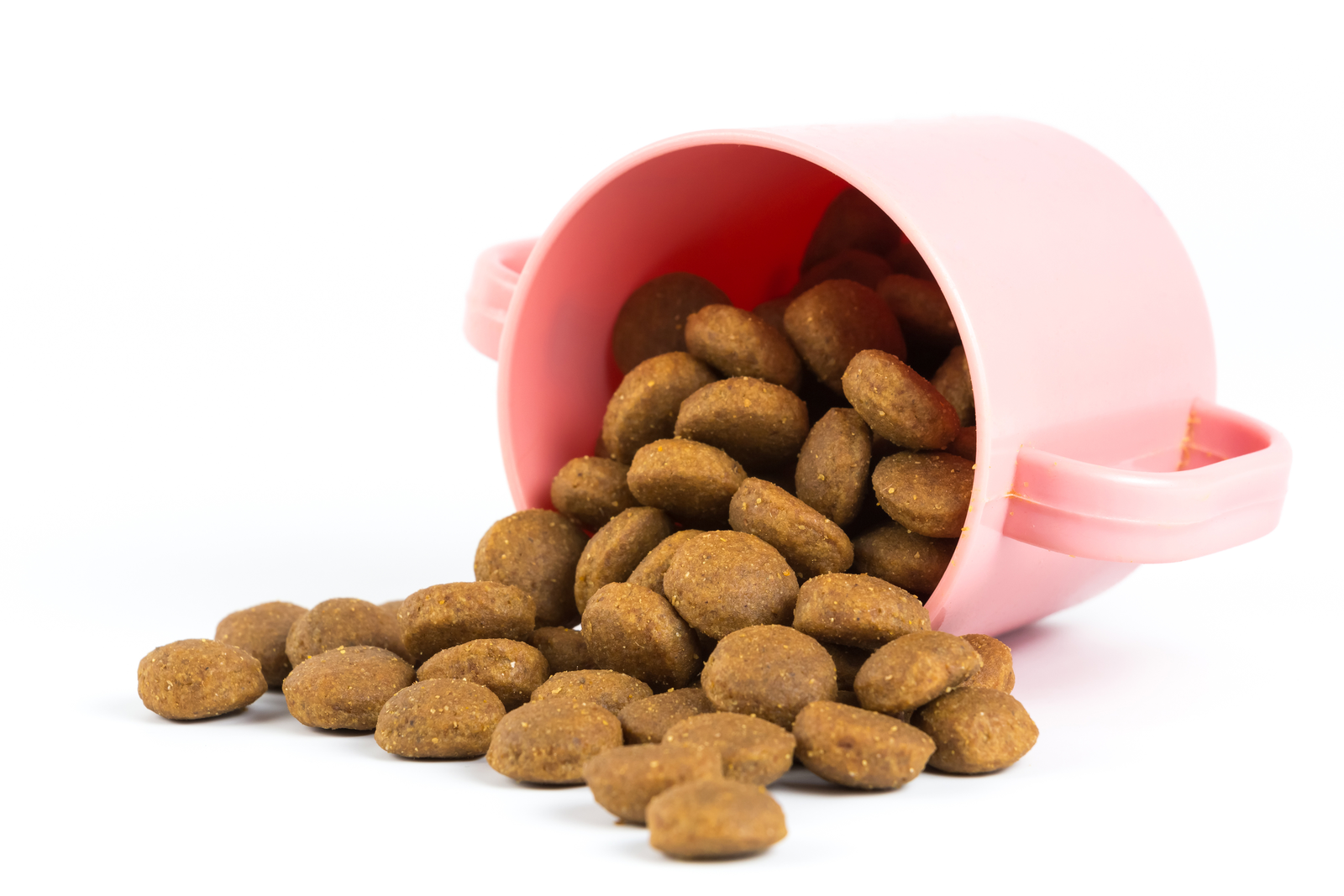Mycotoxin levels in extruded commercial dog food

Dogs can be exposed to mycotoxins, and more research into the effects is needed. This was concluded by the Department of Veterinary Medical Sciences from the University of Bologna in Italy, who tested extruded pet food samples for these toxins.
The aim of this study was to determine the presence and the level of contamination of the most important mycotoxins (deoxynivalenol, fumonisin B1 and B2, aflatoxin B1, B2, G1 and G2, ochratoxin A and zearalenone) in 48 samples of extruded dry dog food found in the Italian market (24 samples from standard economy lines, 24 of premium lines).
High presence of some mycotoxins
Although the concentrations of the mycotoxins in all samples proved to respect the European legislation with regards to animal feed, the analyses revealed a substantial presence of deoxynivalenol, fumonisins and ochratoxin A, with values above the limit of quantification (5 μg/kg) in 100%, 88% and 81% of the samples, respectively.
In contrast, aflatoxins and zearalenone contamination proved to be very modest, with 88% and 75% of the samples, respectively, showing concentrations below the corresponding limit of quantification (5 μg/kg for aflatoxins and 10 μg/kg for zearalenone).
Difference in standard and premium pet food
Moreover, despite a very heterogeneous contamination, the concentration of fumonisins and ochratoxin A was significantly higher in standard foods than in premium ones (491 vs. 80.2 μg/kg dry matter for fumonisin B1; 113 vs. 38.5 μg/kg dry matter for fumonisin B2; 599 vs. 103 μg/kg dry matter for total fumonisins; 23.8 vs. 13.0 μg/kg dry matter for ochratoxin A; P<0.001).>
Furthermore, a simultaneous presence of different mycotoxins (at concentrations higher than their limit of quantification) was observed in most of the pet foods analysed; in particular, 19% of the samples were contaminated by no fewer than two different types of mycotoxins, 52% by three, 25% by four and 2% by all the mycotoxins evaluated.
More study into chronic risks
These results revealed the need for further investigation into the potential risk deriving from chronic exposure to low doses of the different types of mycotoxins that pet species are subject to today.
The full study has been published in the Journal Animal Feed Science and Technology.











